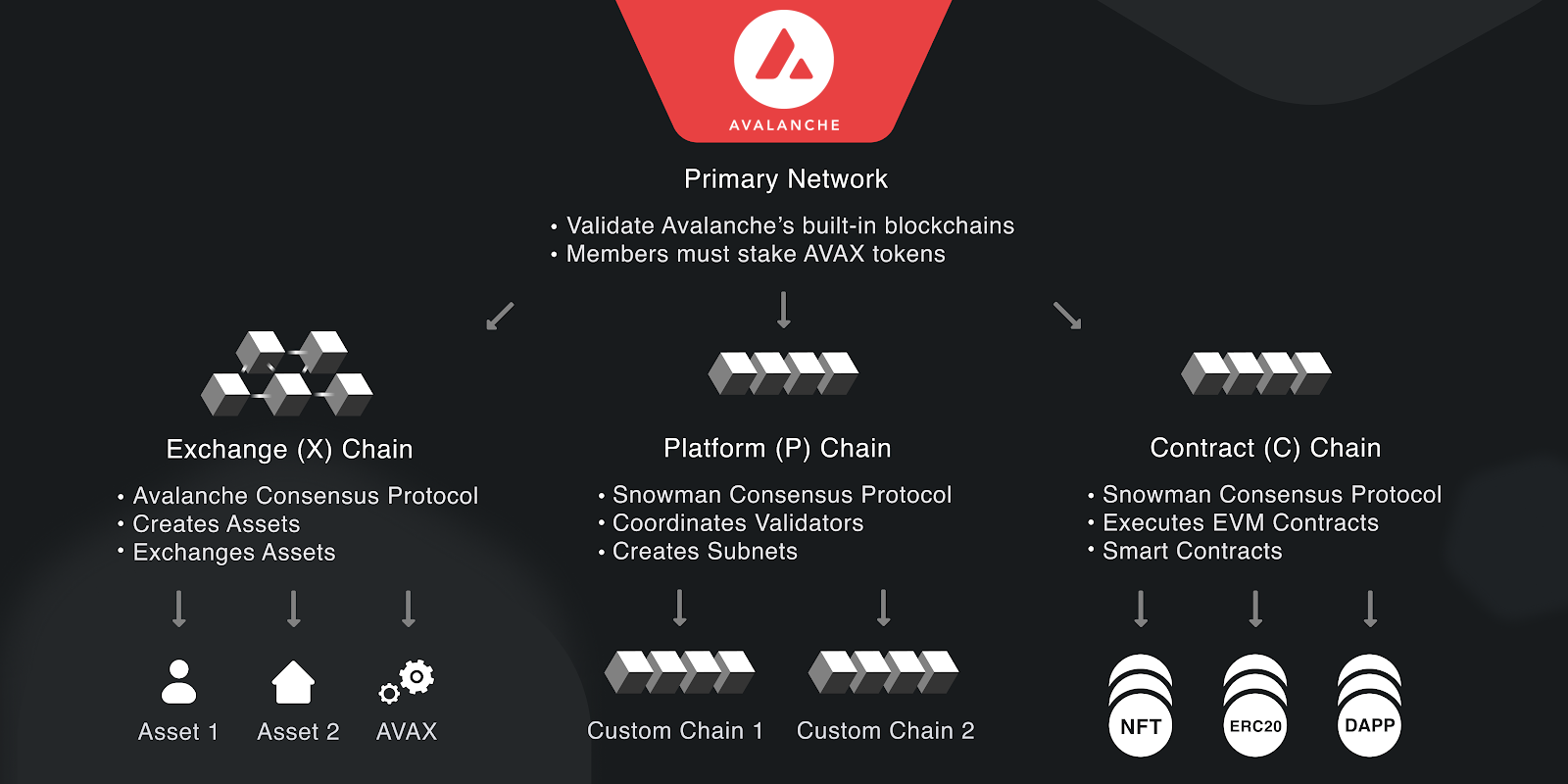2023-03-28

On March 23, Avalanche C-Chain encountered with downtime and stop producing new blocks for over 50 minutes. It was a bug with v1.9.12 and a new software release that caused interruption. This bug has been fixed.Finally Avalanche C-Chain network resume its work again after interruption. Official update from Avalanche said that the network went down due to Bridge Node Instability.
Below is Bridge Node Instability update from Avalanche.
Resolved - All Avalanche Bridge nodes have
updated. Bridge transfers are being processed normally.
Mar 23, 13:04 UTC
Identified - Avalanche Bridge nodes are
updating to the latest AvalancheGo release (v1.9.14) to restore stability.
Avalanche Bridge transfers will be delayed until a sufficient threshold of
independent nodes have been updated, which is expected within the next 12
hours.
Mar 23, 03:21 UTC
Investigating - We are investigating an issue
affecting the stability of Avalanche Bridge nodes. Bridge transfers may be
delayed.
Mar 22, 21:42 UTC

It is a layer-1 blockchain that allow developers to create
decentralized applications.
Avanlanch blockchain network consists of 3 different blockchains;
P-Chain, X-Chain, and C-Chain.
C-Chain
C stands for contract. So, C-Chain uses for smart contract. C-Chain uses Ox
Ethereum style address and compatible with MetaMask. If you want to use DeFi
like Trader Joe, Aave, Benqi you use c-chain.
X-Chain
The sole purpose of X-Chain is sending and receiving funds. Users can send
funds through C-Chain but gas fees are more expensive. X-Chain is designed for
monetary transaction.
P-Chain
P standing for platform. P-Chain is for staking and validators. If you are a
validator, AVAX rewards will transfer on this P-Chain. Transaction fees on
P-Chain are fixed at 0.001 AVAX, which is about $0.08.
The maximum supply of AVAX is 720 million tokens. Avalanche
can support 4,500 tps and time to finality is 1 second.